Home>Garden Essentials>How Long Does It Take To Grow Tomatoes From Seed?
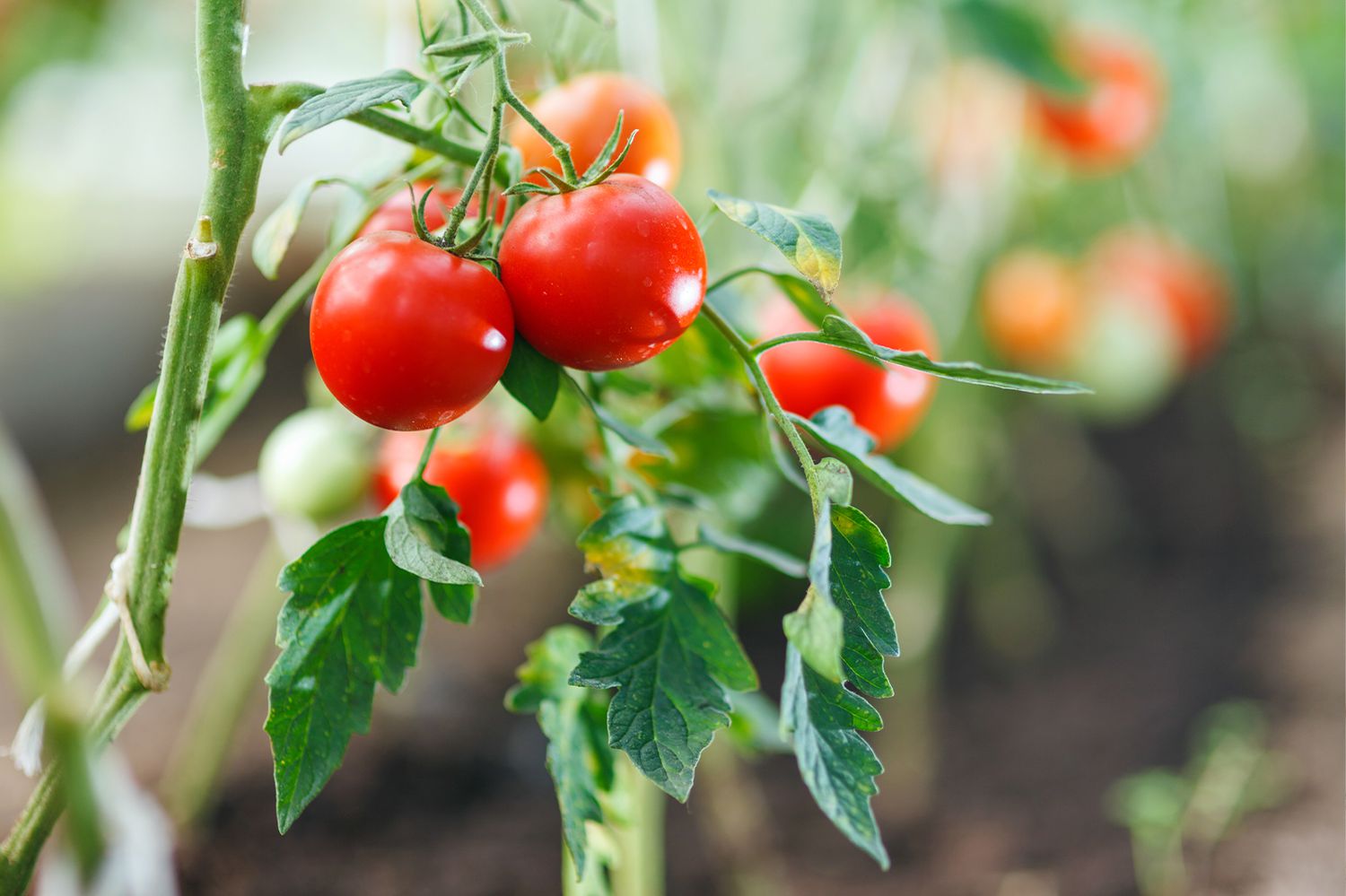

Garden Essentials
How Long Does It Take To Grow Tomatoes From Seed?
Modified: March 15, 2024
Learn how long it takes to grow tomatoes from seed in your garden. Discover the tips and tricks for successful tomato cultivation.
(Many of the links in this article redirect to a specific reviewed product. Your purchase of these products through affiliate links helps to generate commission for Storables.com, at no extra cost. Learn more)
Introduction
Tomatoes are a popular and versatile vegetable that can be grown in gardens, containers, or even indoors. Growing tomatoes from seed is a rewarding experience that allows you to have full control over the variety and quality of your harvest. One common question that arises when starting tomatoes from seed is, “How long does it take to grow tomatoes from seed?”
The time it takes for tomatoes to grow from seed to harvest can vary depending on several factors. Understanding these factors will help you plan and optimize your tomato-growing process, ensuring a successful and bountiful crop.
In this article, we will explore the different factors that affect the growth of tomato seeds, the germination period, the time to transplanting, the growth and development stages, and the ideal time for harvesting tomatoes.
So if you’re ready to embark on your tomato-growing journey, let’s dive into the fascinating process of growing tomatoes from seed!
Key Takeaways:
- It takes 5 to 10 days for tomato seeds to sprout and become seedlings. Keep them warm, moist, and well-lit for successful germination.
- Harvest ripe tomatoes by checking their color, firmness, size, ease of detachment, and taste. Enjoy the flavorful rewards of your tomato-growing journey!
Factors Affecting Tomato Seed Growth
Several key factors can influence the growth of tomato seeds and the overall development of the plants. Understanding and managing these factors will greatly impact the success of your tomato-growing endeavor.
- Temperature: Tomatoes are warm-season plants and thrive in temperatures between 70-85°F (21-29°C). The temperature affects both the germination of the seeds and the growth of the seedlings. Providing a consistently warm environment is essential for optimal seed growth.
- Moisture: Adequate moisture is crucial for the germination process. The soil should be kept evenly moist but not waterlogged, as excessive moisture can lead to rotting of the seeds. Once the seedlings emerge, it’s important to maintain the right level of moisture to prevent wilting.
- Light: Tomato seeds require light to germinate. However, once the seedlings emerge, they need 14-16 hours of light per day for healthy growth. Insufficient light can result in leggy seedlings that are weak and prone to disease.
- Soil Quality: Well-draining and nutrient-rich soil is vital for the healthy growth of tomato seeds. The soil should have a pH level between 6.0 and 6.8, which is slightly acidic to neutral. Adding organic matter, such as compost or well-rotted manure, can improve soil fertility and moisture retention.
- Air Circulation: Good air circulation is important to prevent the development of fungal diseases. Planting tomatoes too close together can hinder air movement, so be sure to provide enough space between the plants to allow for proper airflow.
- Seed Quality: The quality of the tomato seeds you use plays a significant role in seed germination and plant growth. It is advisable to source seeds from reputable suppliers to ensure high-quality and viable seeds.
By paying attention to these factors and providing optimal growing conditions, you can set your tomato seeds on the path to healthy growth and development.
Germination Period
The germination period is the time it takes for tomato seeds to sprout and develop into seedlings. The duration of the germination period can vary depending on various factors, including temperature, moisture, and seed quality.
On average, tomato seeds take around 5 to 10 days to germinate. However, this timeframe can be influenced by the temperature at which the seeds are kept. Warmer temperatures between 70-85°F (21-29°C) promote faster germination, while cooler temperatures can extend the germination period.
To ensure successful germination, it is important to provide a warm and consistently moist environment for the seeds. Start by filling a seed tray or small pots with well-draining seed-starting mix. Sow the tomato seeds at a depth of ¼ to ½ inch (0.6 to 1.3 cm) and lightly cover them with the soil. Gently water the seeds and place a clear plastic cover or a plastic bag over the tray or pots to create a greenhouse effect.
Keep the seed tray or pots in a warm location, such as near a sunny window or by using a seedling heat mat. The temperature should be maintained between 70-85°F (21-29°C) to facilitate optimal germination. Check the moisture level regularly and water as needed to keep the soil consistently moist but not waterlogged.
After the germination period, you will start to see the emergence of small tomato seedlings. At this stage, remove the plastic cover or bag and relocate the seedlings to a well-lit area. Provide them with 14-16 hours of light per day using grow lights if natural sunlight is insufficient.
Remember to monitor the moisture level and water the seedlings when the top inch of soil becomes dry. Be careful not to overwater, as it can lead to the development of fungal diseases. With proper care and attention, your tomato seedlings will continue to grow and thrive, preparing them for the next stage of development.
Time to Transplanting
After the germination period and the seedlings have grown to a sufficient size, it is time to transplant them into larger containers or into the garden. The timing of transplanting is crucial to ensure the success and healthy growth of your tomato plants.
Generally, tomato seedlings are ready for transplanting when they have developed their first set of true leaves. True leaves are the second set of leaves that appear after the seedlings have sprouted, and they look different from the initial seed leaves.
The ideal time for transplanting tomato seedlings is typically around 6-8 weeks after sowing the seeds. However, this timeframe can vary depending on the specific tomato variety and the growing conditions.
Before transplanting, it is important to prepare the soil or containers where the seedlings will be planted. If you plan to grow tomatoes in the garden, choose a sunny and well-draining location. Incorporating organic matter, such as compost or aged manure, into the soil will improve its fertility and drainage.
If you are transplanting the seedlings into containers, select pots or containers that are at least 10-12 inches (25-30 cm) in diameter and have drainage holes at the bottom. Fill the containers with a well-draining potting mix specifically formulated for vegetables.
When transplanting the seedlings, handle them gently to avoid damaging the delicate roots. Dig a hole in the soil or the container large enough to accommodate the roots, and carefully place the seedling into the hole. Gently firm the soil around the stem of the plant to provide stability.
After transplanting, water the seedlings thoroughly to help settle the soil and remove any air pockets around the roots. It is important to continue watering the seedlings regularly, keeping the soil evenly moist but not waterlogged.
Transplant shock is common after moving seedlings, but with proper care and attention, the seedlings will adapt and continue to grow. Make sure to provide the seedlings with adequate sunlight or artificial light, and monitor soil moisture and temperature to promote healthy growth.
By transplanting your tomato seedlings at the appropriate time and providing them with the right growing conditions, you are setting the stage for a successful and robust tomato harvest!
Tomatoes take 5-10 days to germinate, 5-7 weeks to grow into seedlings, and 6-8 weeks to be ready for transplanting outdoors. From seed to harvest, it takes about 65-85 days.
Growth and Development Stages
Once the tomato seedlings have been transplanted into the garden or larger containers, they will go through several growth and development stages as they mature into full-grown plants. Understanding these stages will help you monitor and care for your tomato plants effectively.
- Seedling Stage: This stage begins after the seedlings have been transplanted and continue for the first few weeks. During this time, the seedlings focus on establishing their root systems and developing stronger stems. Proper watering and adequate light are crucial to promote healthy growth.
- Vegetative Stage: Once the seedlings start to grow more leaves and branches, they enter the vegetative stage. This stage is characterized by rapid foliage growth as the plants prepare to support fruit production. Regular pruning and staking may be necessary to provide support and maintain airflow.
- Flowering Stage: In the right conditions, tomato plants will begin to produce flowers in the flowering stage. The flowers will develop into fruit if pollinated. Bees and other pollinators play a key role in this process. To attract pollinators, plant flowers nearby and avoid using pesticides that may harm them.
- Fruit Development Stage: After successful pollination, the flowers develop into small green fruit. The fruit will gradually ripen and change color as it matures. It is essential to continue watering and providing the plants with proper nutrients during this stage to support healthy fruit development.
- Harvesting Stage: The final stage is the harvesting stage when the tomatoes are fully ripe and ready for harvest. The time it takes for tomatoes to reach the harvesting stage can vary depending on the variety. Consult the seed packet or plant label for estimated days to maturity.
Throughout these stages, it is crucial to monitor and address any issues that may arise, such as pests, diseases, or nutrient deficiencies. Regularly inspect the plants for signs of stress or problems and take necessary measures to protect and maintain their health.
Remember to provide proper support, such as staking or caging, to help the plants grow vertically and to avoid fruit rot or damage. Regular pruning of suckers, the small shoots that emerge from the leaf axils, can help redirect energy towards fruit production.
By closely monitoring the growth and development stages of your tomato plants and providing them with the right care and support, you can maximize their potential and enjoy a bountiful harvest of delicious, homegrown tomatoes.
Read more: How Long Do Tomato Seeds Take To Grow
Harvesting Time
Knowing the right time for harvesting tomatoes is essential to ensure that you enjoy them at their peak flavor and quality. Harvesting too early can result in underripe and flavorless fruit, while waiting too long may lead to overripe or spoiled tomatoes.
The exact time for harvesting tomatoes can vary depending on the variety and growing conditions. However, there are a few general indicators that can help you determine when your tomatoes are ready to be picked:
- Color: The color of the tomato is a good indicator of its ripeness. Depending on the variety, ripe tomatoes can be red, yellow, orange, pink, or even striped. They should have a vibrant and uniform color without any green or white patches.
- Firmness: Gently squeeze the tomatoes. Ripe tomatoes will have a slight give and feel firm but not too soft. Avoid picking tomatoes that are overly soft or mushy to avoid spoilage.
- Size and Shape: Different tomato varieties come in various sizes and shapes. Harvest the tomatoes when they have reached their typical size and shape according to the specific variety you are growing.
- Easy Detachment: Ripe tomatoes should easily detach from the vine with a gentle twist or pull. If you have to use force or if the stem remains attached, the tomatoes may not be fully ripe yet.
- Flavor and Aroma: The flavor and aroma of a tomato are the ultimate indicators of its ripeness. Once the tomato has reached the desired color and texture, taste a tomato or two to ensure that it has developed the desired sweetness and flavor before harvesting the rest.
It is important to note that tomatoes can continue to ripen after they are harvested. If your tomatoes are almost ripe but not quite there, you can leave them on a countertop at room temperature to complete the ripening process. However, keep a close eye on them to prevent overripening or spoilage.
When harvesting, use a sharp pair of pruners or scissors to cut the tomatoes from the vine, leaving a short stem attached. Avoid pulling or twisting the tomatoes, as this can damage the plant or fruit.
Once you have harvested your tomatoes, you can store them at room temperature, away from direct sunlight, for a few days to allow them to fully ripen. If you have an abundance of tomatoes, you can also store them in a cool, dark place, such as a basement or refrigerator, to slow down the ripening process and extend their shelf life.
By harvesting your tomatoes at the right time and handling them with care, you can savor the incredible flavors and enjoy the rewards of your hard work and garden expertise.
Conclusion
Growing tomatoes from seed is a gratifying experience that allows you to have complete control over the variety and quality of your harvest. By understanding the different factors that affect tomato seed growth, the germination period, the timing for transplanting, the growth and development stages, and the optimal harvesting time, you can ensure a successful and fruitful tomato-growing journey.
Providing the right growing conditions, such as optimal temperature, proper moisture levels, adequate light, and nutrient-rich soil, will support the healthy growth of your tomato seeds. Maintaining good air circulation and choosing high-quality seeds are also important factors that contribute to the success of your tomato plants.
As your tomato seeds germinate and transform into seedlings, it is crucial to transplant them at the appropriate time to ensure their continued growth and development. Paying attention to the different growth stages of your tomato plants, from seedling to flowering and fruit development, will allow you to provide the necessary care and support to maximize their potential.
Finally, harvesting your tomatoes at the right time will guarantee that you enjoy them at their most flavorful and delicious state. Examining the color, firmness, size, ease of detachment, and taste of the tomatoes will guide you in determining their readiness for harvest.
Remember, gardening is a continuous learning process, and each tomato-growing season presents new experiences and challenges. Embrace the journey, experiment with different varieties, and share the joy of homegrown tomatoes with family and friends.
So, whether you have a sprawling garden or a small balcony, start sowing those tomato seeds and relish the rewards of your labor as you watch them grow, blossom, and bear delicious fruits!
Frequently Asked Questions about How Long Does It Take To Grow Tomatoes From Seed?
Was this page helpful?
At Storables.com, we guarantee accurate and reliable information. Our content, validated by Expert Board Contributors, is crafted following stringent Editorial Policies. We're committed to providing you with well-researched, expert-backed insights for all your informational needs.
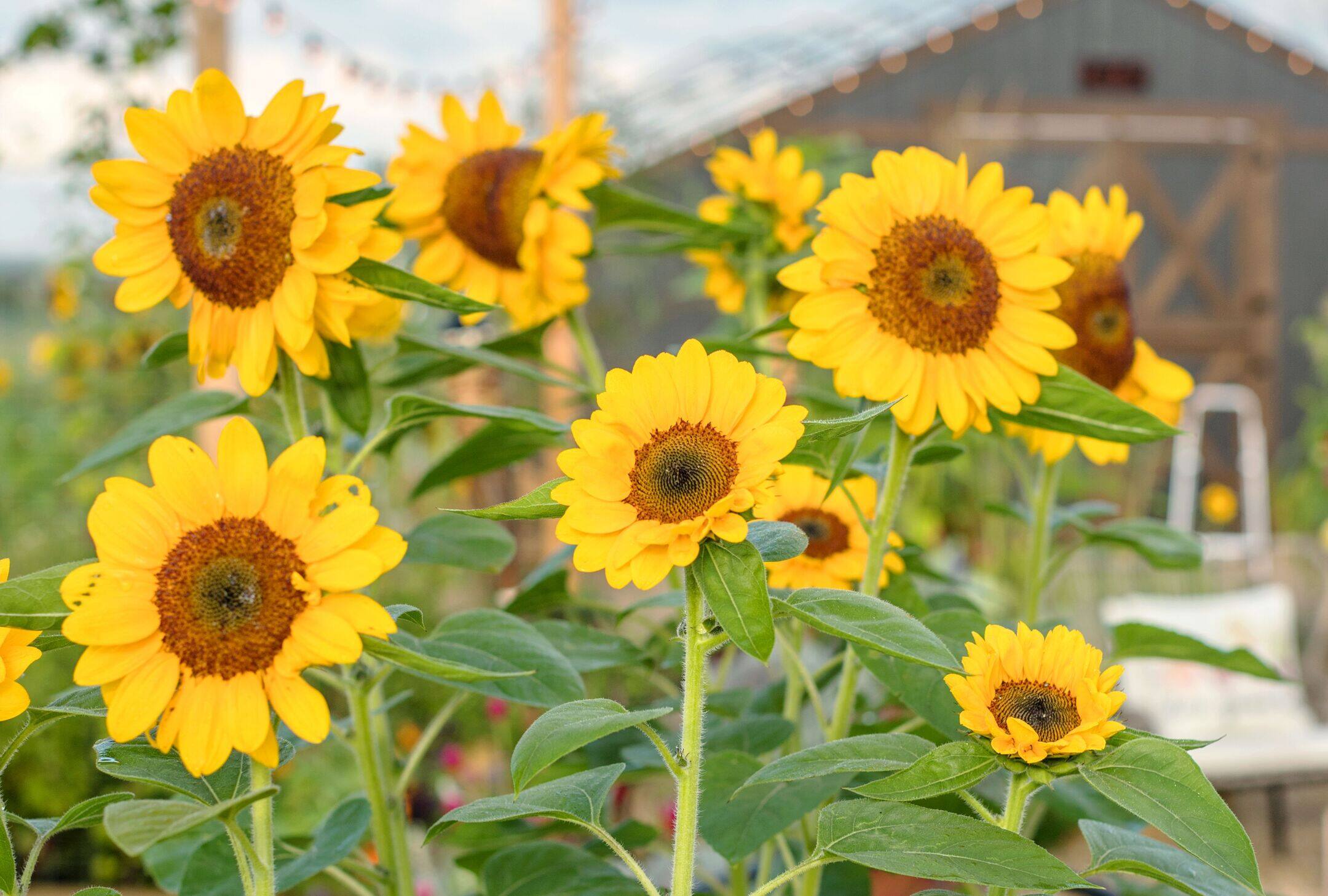
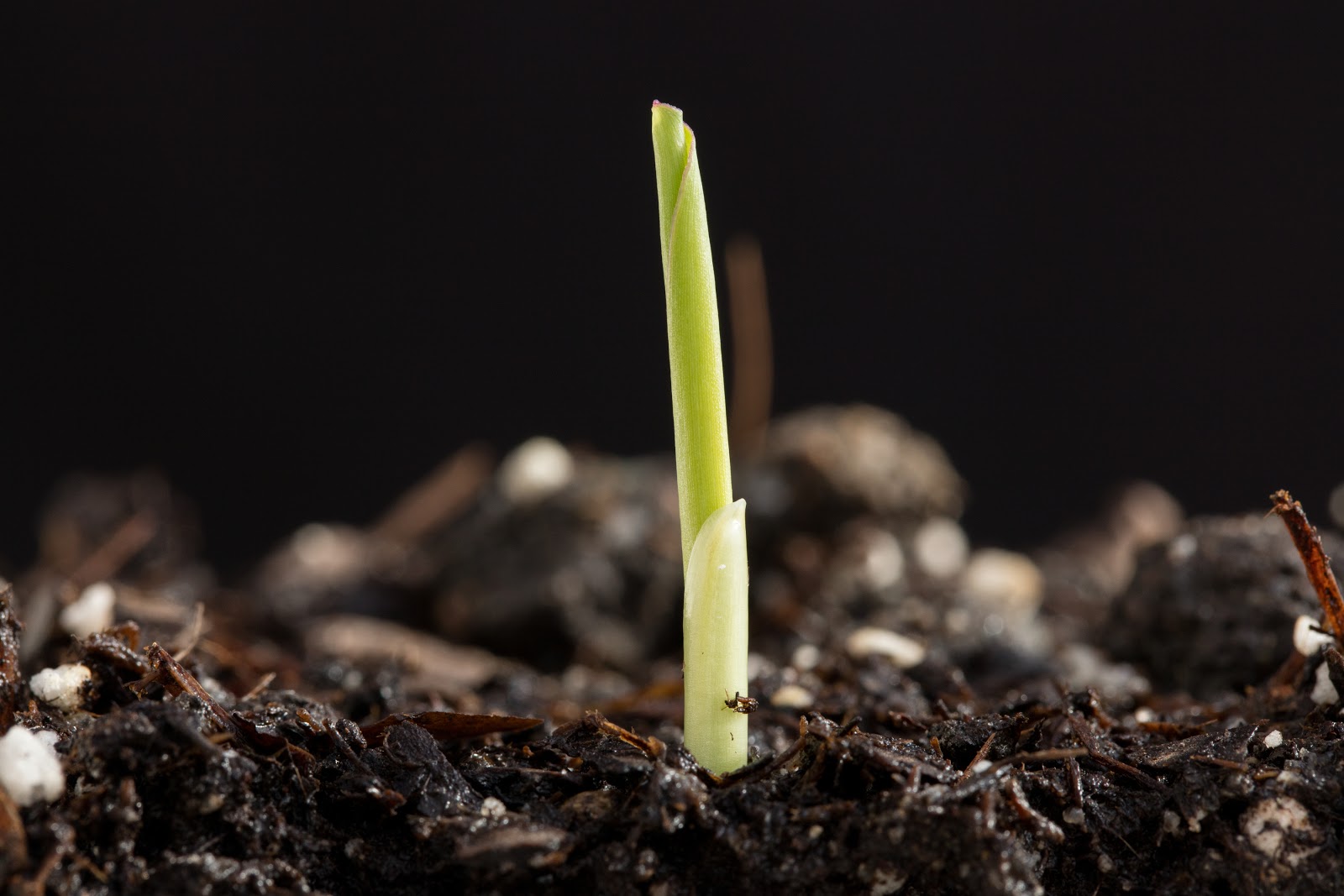
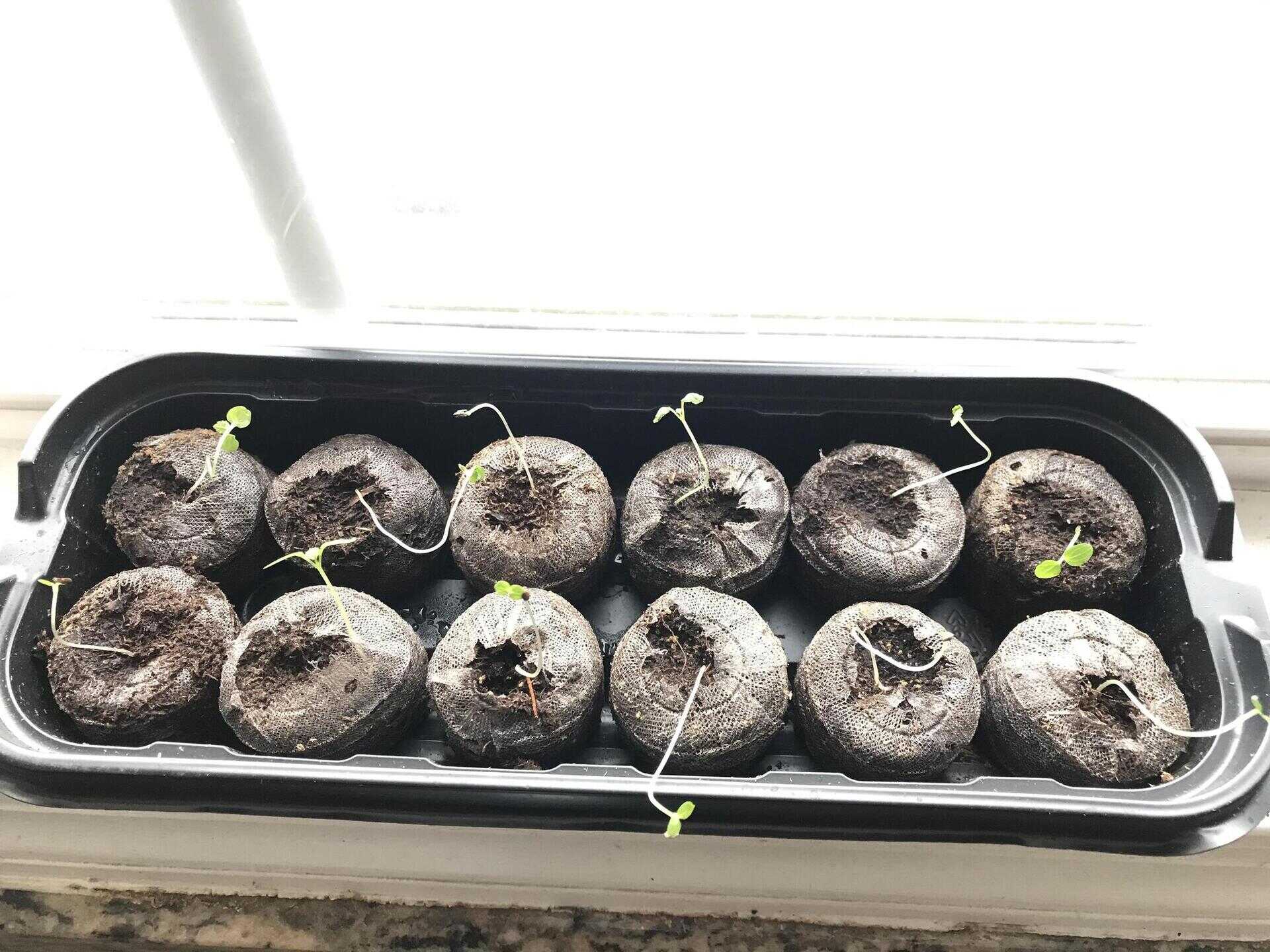
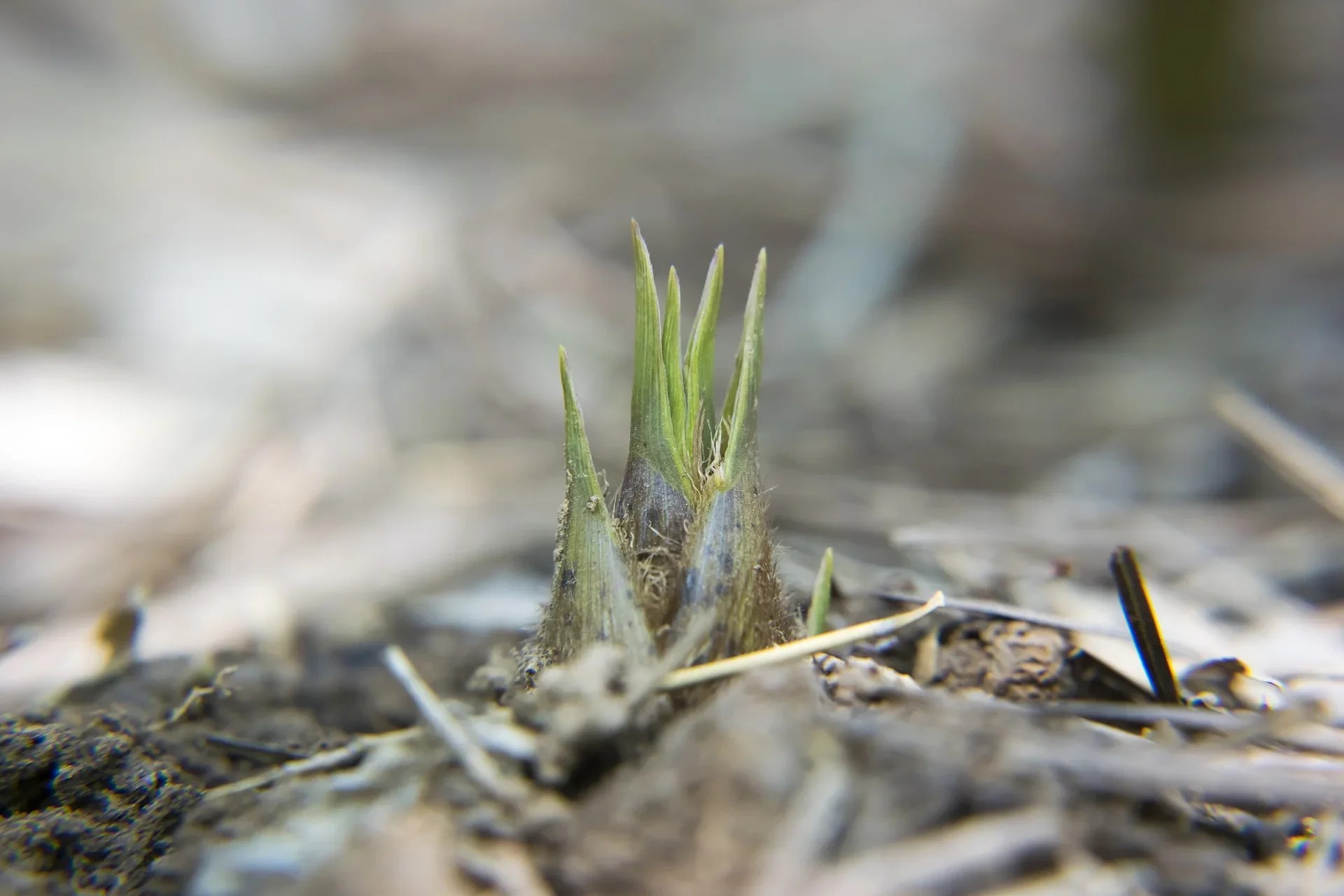
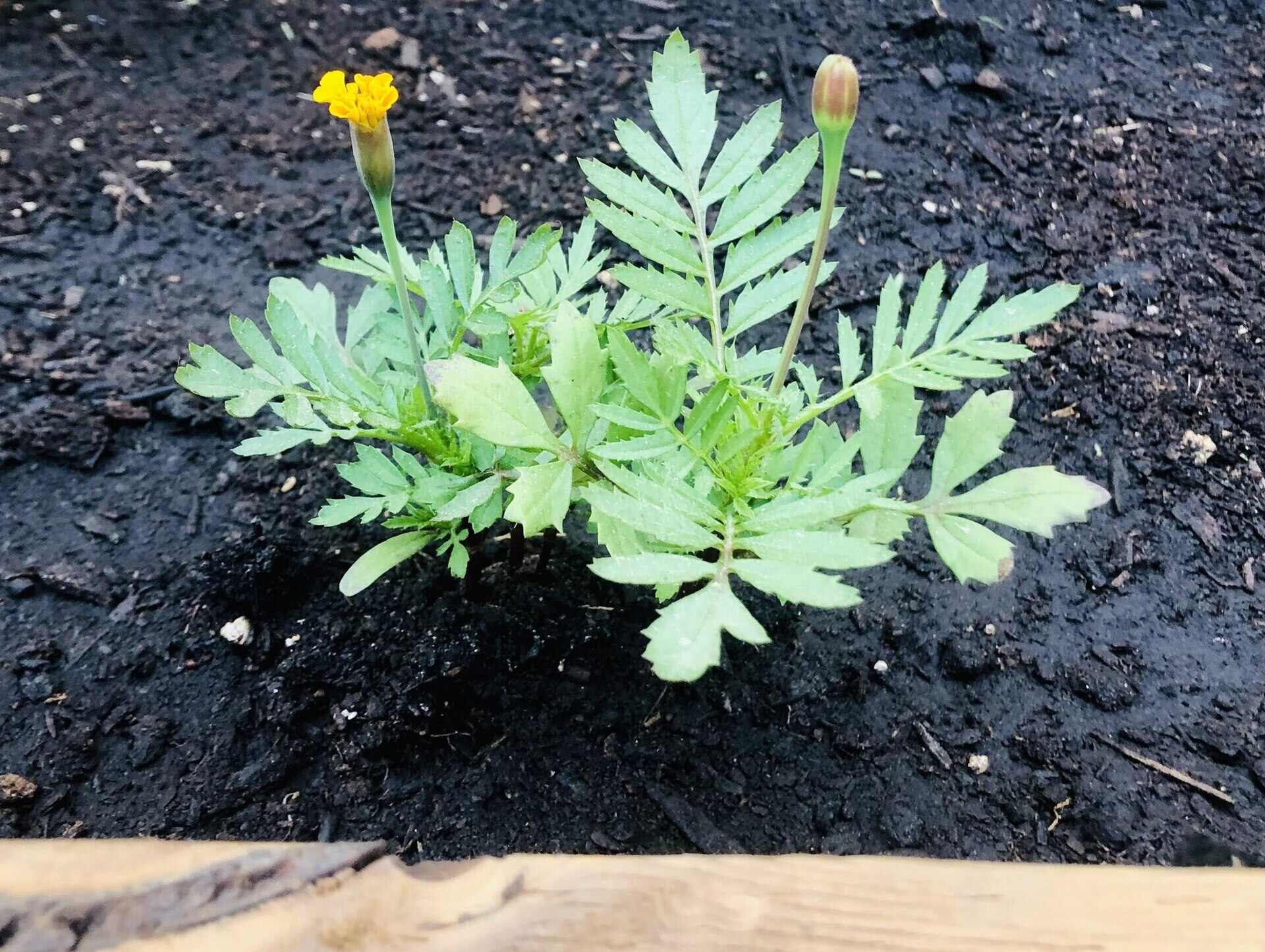
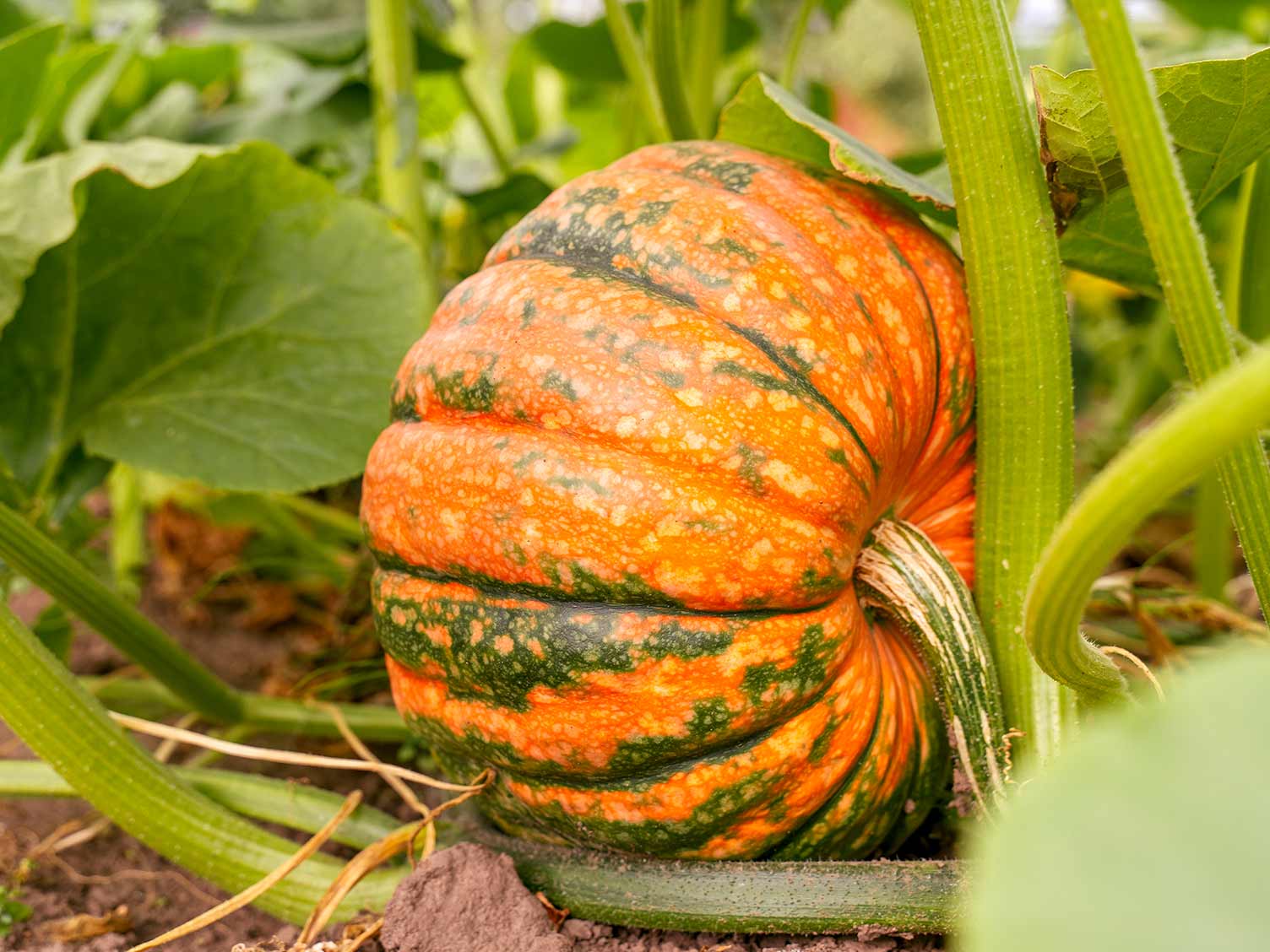
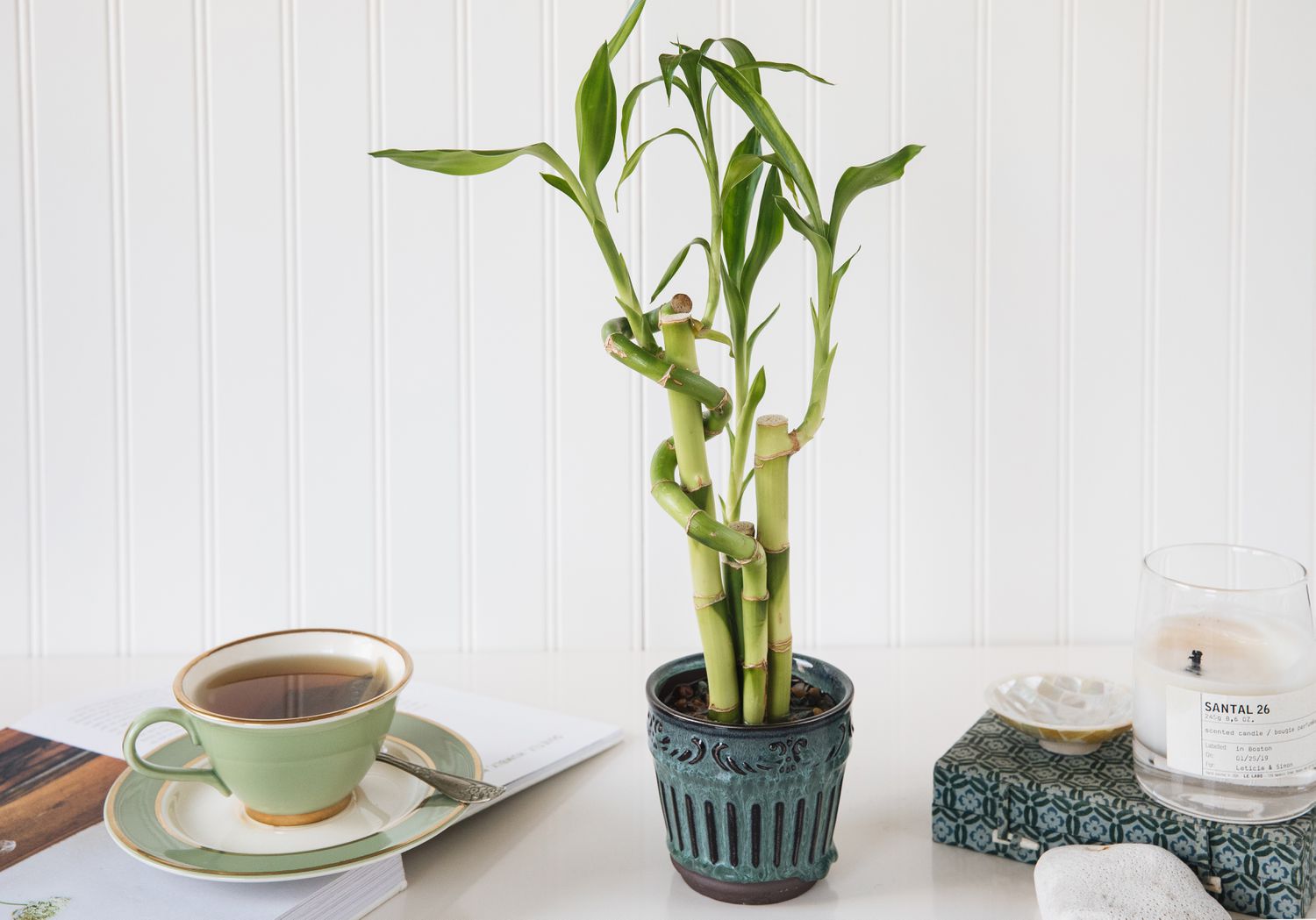
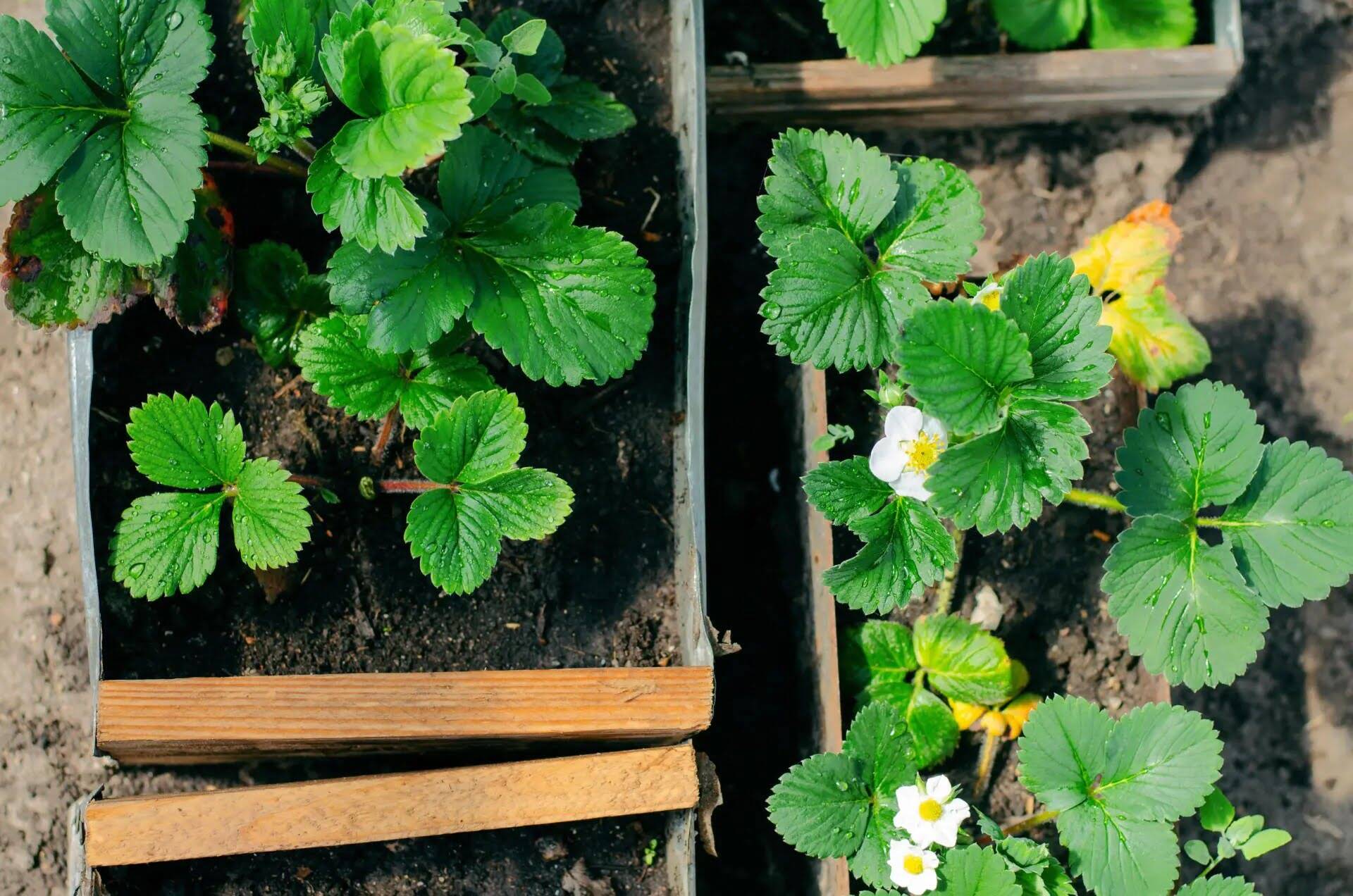
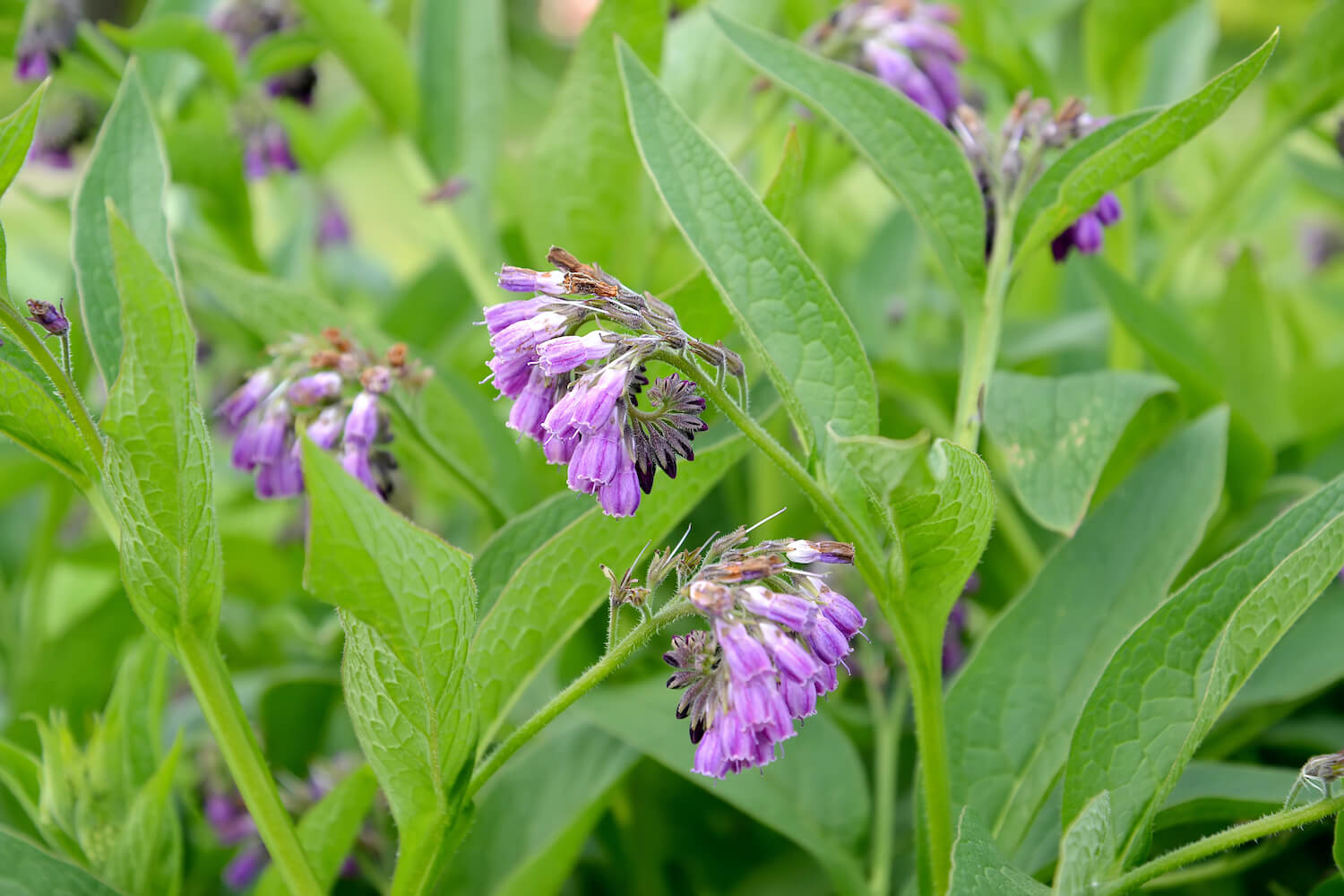
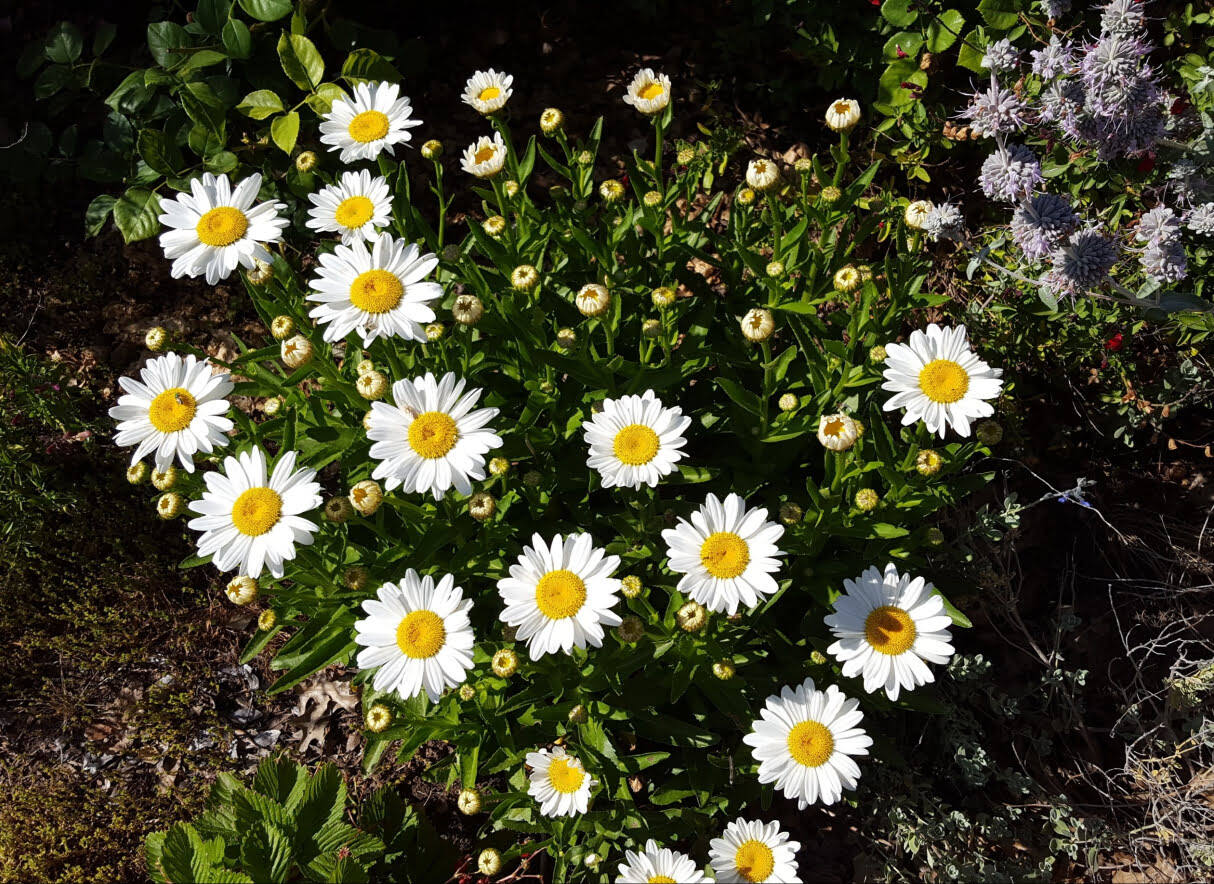
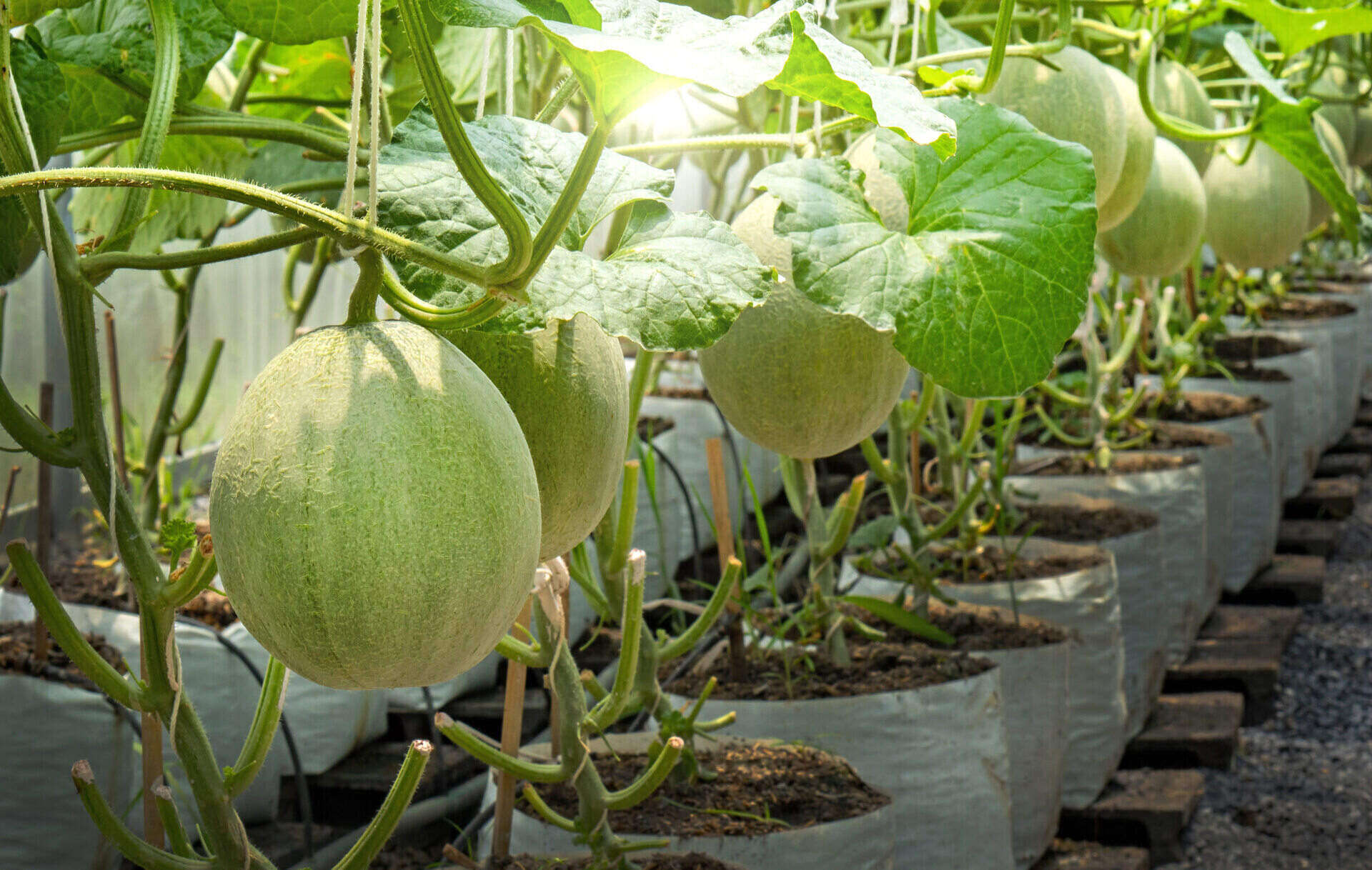
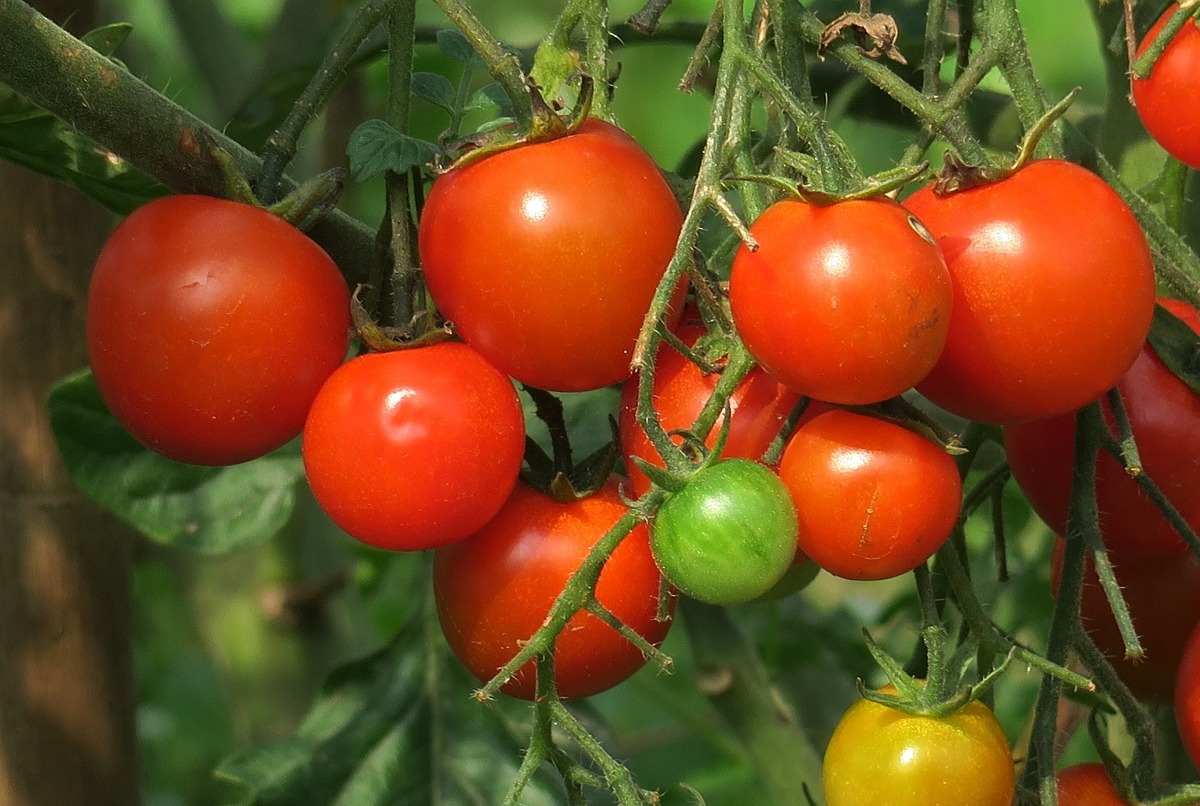
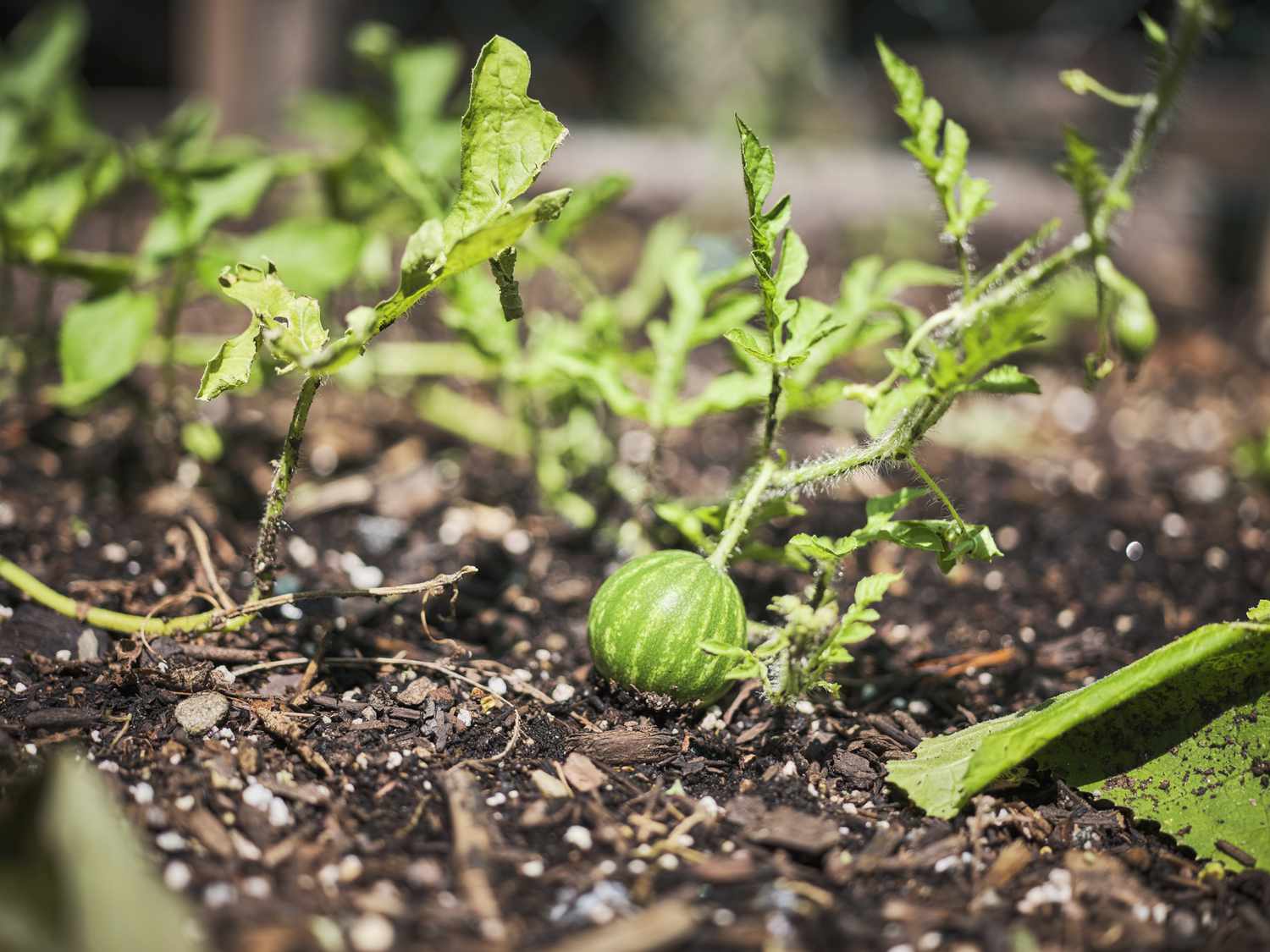
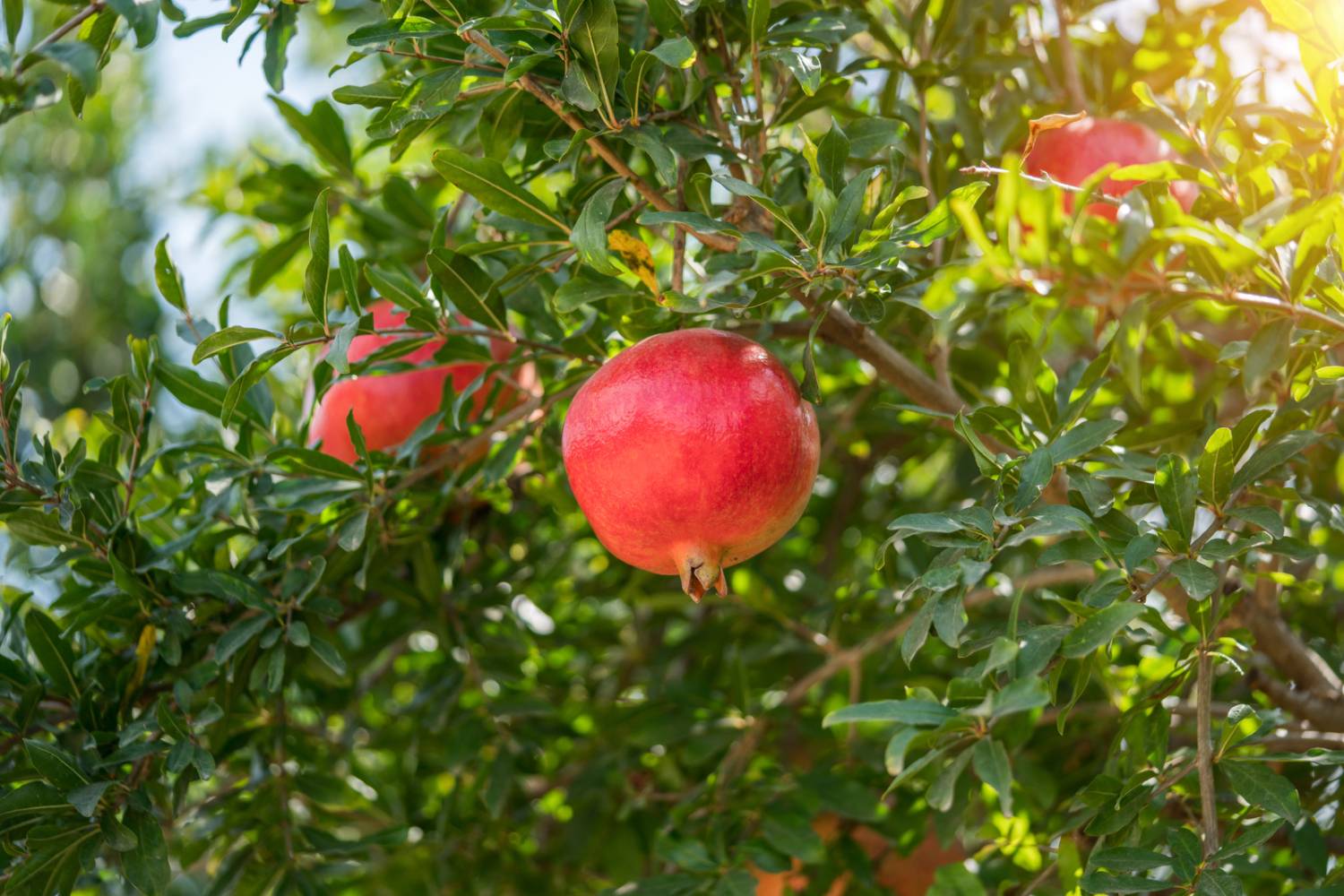

0 thoughts on “How Long Does It Take To Grow Tomatoes From Seed?”